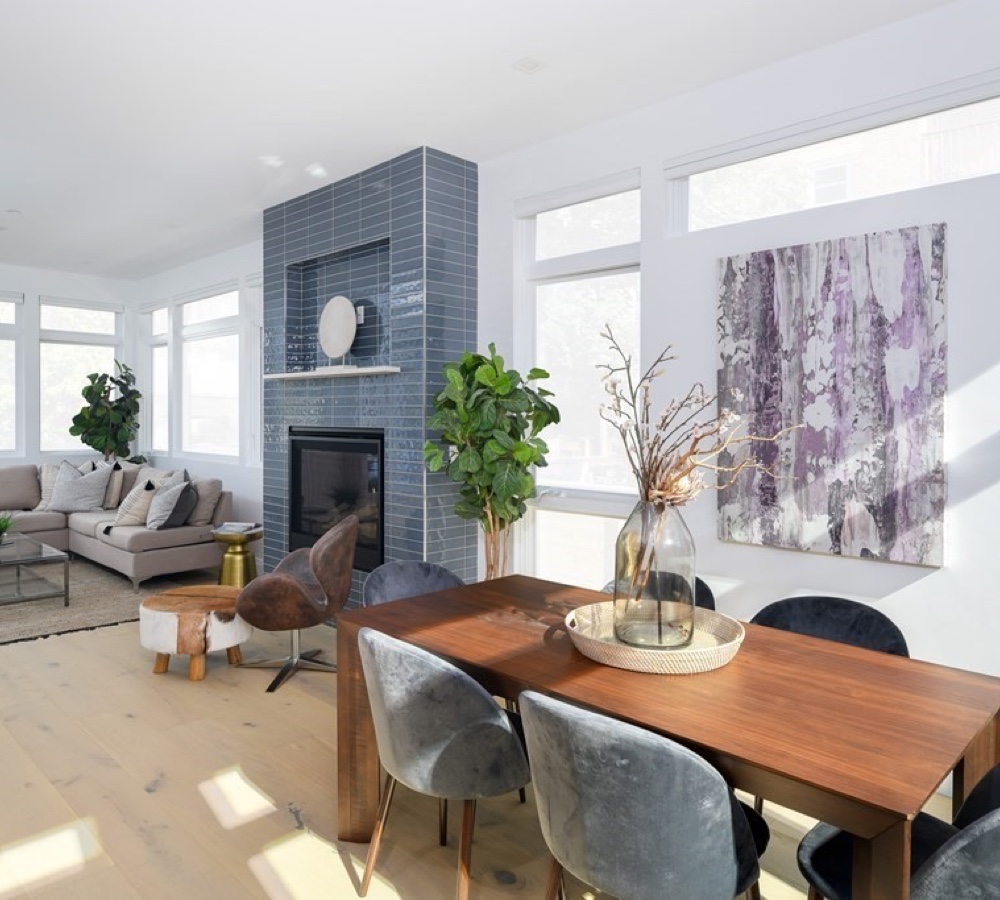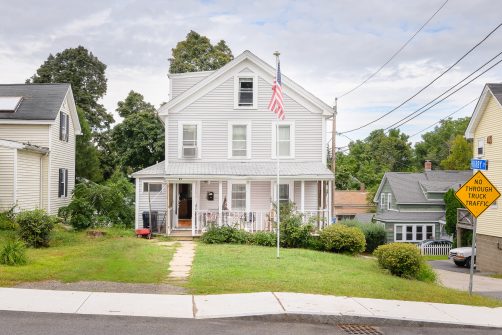


May 19, 2020 • 2 minute read
Single-family home rentals are the newest housing trend among Americans of all ages, according to Diana Olick’s recent article for CNBC. Both baby boomers and millennials have been migrating towards this non-traditional housing solution in recent years, leaving the industry scrambling to adjust to the new demand.
“We think there’s a major shift in the demographics,” Mark Wolf, founder and CEO of AHV Communities, explained to Olick. “Empty-nesters are done taking care of their homes. They want to downsize, they want portability, mobility in the lease. The millennial household formation, they’re not dialed into taking care of a home, they want to go out and do the same thing that the boomers are doing, which is to enjoy life, not work hard for their house.”
This option is also popular with those who are unable to afford a traditional single-family home but require more space than your typical apartment. For years, smaller studios or one to two-bedroom apartments have been the standard option, making up nearly 93% of all rental properties. However, according to Wolf, the need for single-family homes rose after the housing crash, which prompted him to work towards filling the void for three and four-bedroom apartments. "We basically took an apartment and went horizontal instead of vertical," said Wolf.
This gives renters benefits like increased privacy and access to backyards, which is an important amenity for pet owners of all ages. Other conveniences include property maintenance, which is included in the rent, a low risk of hidden costs, and potential luxuries like multiple bathrooms, a pool or a common area.
Many builders are jumping at the opportunity to get to work, but not necessarily for themselves. John Burns, founder and CEO of John Burns Real Estate Consulting, explained that there are extensive costs that go into building houses and for some companies, the risk of building and not being able to sell is too much to take on.
"Most publicly-traded construction companies are talking about building for others rather than taking the risk themselves, while private builders are looking at taking more risks," said Burns.
Private builders, like Wolf, see long-term investment returns when they keep their single-family properties as rentals for multiple years. Says Wolf, "The residual cash flow is worth more than a one-time sale."
Published: May 19, 2020
Share